Introduction
Oatmeal, a staple in many breakfast tables across the globe, is not just a warm and comforting meal; it is a nutritional powerhouse packed with essential vitamins, minerals, and dietary fiber. Derived from the oat grain, oatmeal offers a versatile canvas for endless culinary creations, from creamy and sweet porridges to hearty and savory breakfast bowls. But how does this humble grain transform into the beloved dish we know as oatmeal? This comprehensive guide delves into the intricate process of crafting oatmeal, from the cultivation of oats to the various methods of preparation, revealing the rich history and nutritional benefits intertwined within each grain.
Chapter 1: The Cultivation of Oats
The journey of oatmeal begins in the fields, where oats are meticulously cultivated under optimal conditions. Oats (Avena sativa) belong to the Poaceae family, a large group of grasses that includes cereals like wheat, rice, and barley. Native to Europe and Asia, oats have been a part of human diets for thousands of years, with archaeological evidence suggesting their cultivation dating back to ancient civilizations.
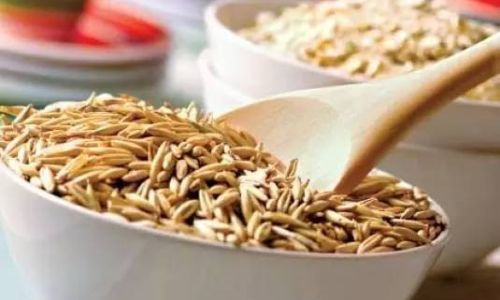
1 Soil and Climate Requirements
Oats thrive in cool, temperate climates with well-drained soil. They are particularly adapted to regions with short, cool summers and long, cold winters. The ideal soil for oat cultivation is a well-drained loam with a pH level between 5.5 and 6.8. Rich in organic matter, such soils provide the necessary nutrients and structure for optimal oat growth.
2 Planting and Growth Cycle
The oat planting season typically coincides with the spring, allowing the plants to mature and be harvested before the onset of harsh winter conditions. Seeds, known as oats or oat kernels, are sown directly into the soil at a depth of about two inches. The emergence of seedlings, known as oat sprouts, usually occurs within seven to ten days after planting.
The oat growth cycle spans approximately 90 to 120 days, depending on the variety and environmental conditions. During this period, the plants undergo several stages: vegetative growth, flowering, and grain filling. The vegetative stage involves the development of leaves and roots, while the flowering stage sees the emergence of flowers and the subsequent pollination. Grain filling is the final stage where the oats accumulate starch and proteins, reaching their full size and nutritional potential.
3 Harvesting and Post-Harvest Management
Harvesting oats typically occurs when the grains have reached their mature stage, characterized by a golden-brown color and a firm texture. Combine harvesters are commonly used to cut the oat plants at the base, threshing the grains from the stalks and separating them from the chaff.
Post-harvest management involves cleaning and drying the oats to ensure they are free from impurities and have a moisture content suitable for storage. Drying oats to a moisture content of about 12% helps prevent mold and spoilage, enabling long-term storage without significant loss of quality.
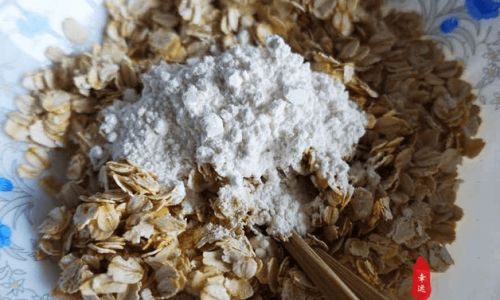
Chapter 2: Types of Oats and Their Processing
Once harvested, oats undergo various processing methods to create the diverse range of oat products available in the market. Each type of oat has its unique texture, flavor, and nutritional profile, catering to different culinary preferences and dietary needs.
1 Steel-Cut Oats
Steel-cut oats, also known as Irish oats or coarse-cut oats, are the least processed form of oats. They are created by passing whole oat groats (the kernel with the hull removed) through steel blades, cutting them into small, rough pieces. This process preserves the natural structure and nutrients of the oats, resulting in a chewy, hearty texture when cooked.
2 Rolled Oats
Rolled oats, or old-fashioned oats, are produced by steaming whole oat groats and then flattening them between rollers. This process partially cooks the oats, making them softer and quicker to cook than steel-cut oats. Rolled oats come in various thicknesses, from thin flakes to thick, hearty flakes, each offering a unique cooking time and texture.
3 Quick Oats and Instant Oatmeal
Quick oats and instant oatmeal are further processed versions of rolled oats. Quick oats are rolled thinner and steamed longer, making them cook even faster than traditional rolled oats. Instant oatmeal is pre-cooked, dried, and often packaged with flavorings and additives, requiring only the addition of hot water or milk to prepare.
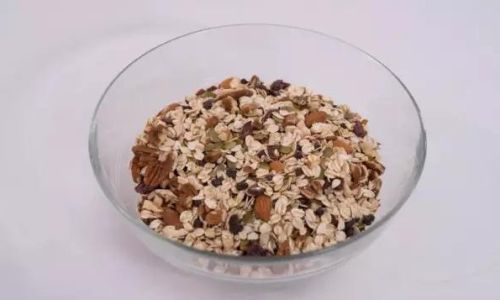
4 Oat Bran and Oat Groats
Oat bran is the outer layer of the oat kernel, rich in dietary fiber, particularly beta-glucan. It is often used as a dietary supplement or added to baked goods for added fiber. Oat groats, on the other hand, are the whole oat kernels with the hull removed, offering the most concentrated form of oat nutrition. They require longer cooking times but provide a nutty, chewy texture.
Chapter 3: Preparing Oatmeal: Traditional and Innovative Methods
With a variety of oat types to choose from, the possibilities for preparing oatmeal are endless. From stovetop cooking to modern kitchen appliances, this chapter explores both traditional and innovative methods for crafting delicious and nutritious oatmeal.
1 Stovetop Cooking
Stovetop cooking is the most traditional method of preparing oatmeal. It involves simmering oats in water, milk, or a combination of both until they reach a creamy consistency. The ratio of oats to liquid can be adjusted to personal preference, with more liquid yielding a creamier texture and less liquid resulting in a thicker porridge.
For steel-cut oats, a ratio of 1 cup of oats to 4 cups of liquid is typical, with a cooking time of about 20 to 30 minutes. Rolled oats require less liquid and cooking time, usually 1 cup of oats to 2 cups of liquid, cooked for 5 to 10 minutes. Stirring occasionally prevents sticking and ensures even cooking.
2 Microwave Preparation
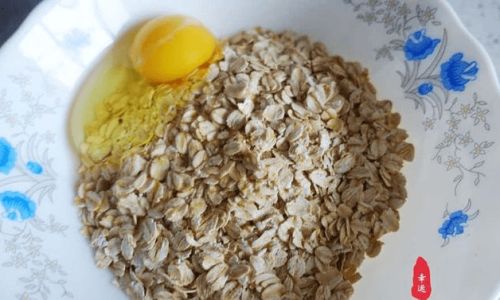
Microwave ovens offer a quick and convenient alternative to stovetop cooking. Rolled oats and quick oats are particularly suitable for microwave preparation due to their short cooking times. Simply place the oats and liquid in a microwave-safe bowl, stir, and cook on high for 1 to 2 minutes, stirring halfway through. Adjust the cooking time based on the desired consistency and the microwave’s power.
3 Slow Cooker Oatmeal
Slow cookers provide a hands-off approach to oatmeal preparation, perfect for busy mornings or large batches. Simply combine oats, liquid, and any desired flavorings in the slow cooker, set to low, and let it cook overnight or for several hours. This method yields a creamy, well-cooked oatmeal with minimal effort.
4 Oven-Baked Oatmeal
Oven-baked oatmeal takes oatmeal preparation to a new level, transforming it into a hearty, customizable breakfast casserole. This method involves mixing oats, liquid, eggs, milk, and various mix-ins (like fruits, nuts, and spices) in a baking dish, then baking until set. Oven-baked oatmeal can be enjoyed warm from the oven or reheated later, making it an excellent meal-prep option.
5 Instant Pot/Pressure Cooker Oatmeal
Pressure cookers, such as the Instant Pot, have revolutionized oatmeal preparation by significantly reducing cooking times while maintaining the creamy texture of stovetop-cooked oatmeal. Simply add oats, liquid, and any desired flavorings to the pressure cooker, set to high pressure for a few minutes, and allow for a natural pressure release. This method is particularly effective for steel-cut oats, which can be cooked in a fraction of the time required on the stovetop.
Chapter 4: Flavoring and Customizing Oatmeal
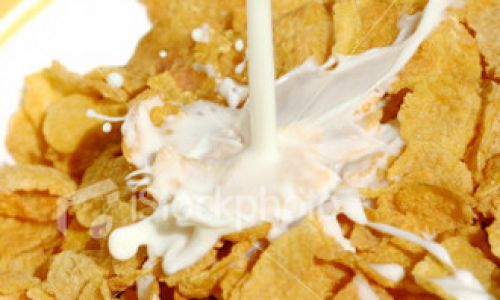
Oatmeal’s versatility lies in its ability to be flavored and customized to suit individual tastes and dietary needs. From sweet to savory, here are some creative ways to elevate your oatmeal experience.
1 Sweet Variations
- Fruit Additions: Fresh, frozen, or dried fruits like bananas, berries, apples, and raisins add natural sweetness and a burst of flavor.
- Nut and Seed Mix-Ins: Almonds, walnuts, chia seeds, and flaxseeds provide crunch and additional nutrients.
- Spices and Extracts: Cinnamon, nutmeg, vanilla extract, and maple syrup enhance the oatmeal’s aroma and taste.
- Dairy and Non-Dairy Alternatives: Milk, yogurt, almond milk, soy milk, and oat milk can be used interchangeably, offering different textures and flavors.
2 Savory Options
- Vegetable Additions: Spinach, kale, bell peppers, and tomatoes add color, texture, and nutrients to savory oatmeal bowls.
- Protein Boosters: Eggs, tofu, chickpeas, and lentils can be incorporated for a protein-packed meal.
- Herbs and Spices: Garlic, onions, thyme, and rosemary transform oatmeal into a hearty, savory dish.
- Cheese and Dairy: Cheddar, feta, and Parmesan cheese, along with cream or sour cream, add richness and depth to savory preparations.
Chapter 5: Nutritional Benefits and Health Considerations
Oatmeal’s

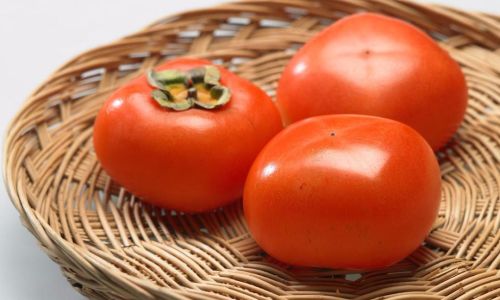

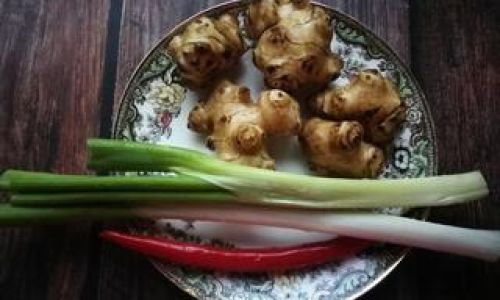
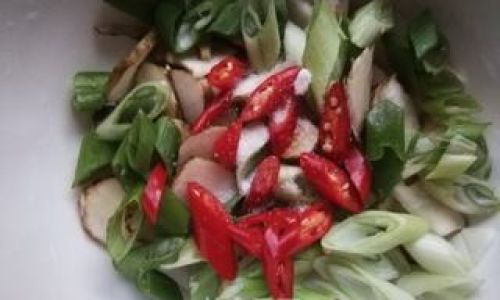

0 comments